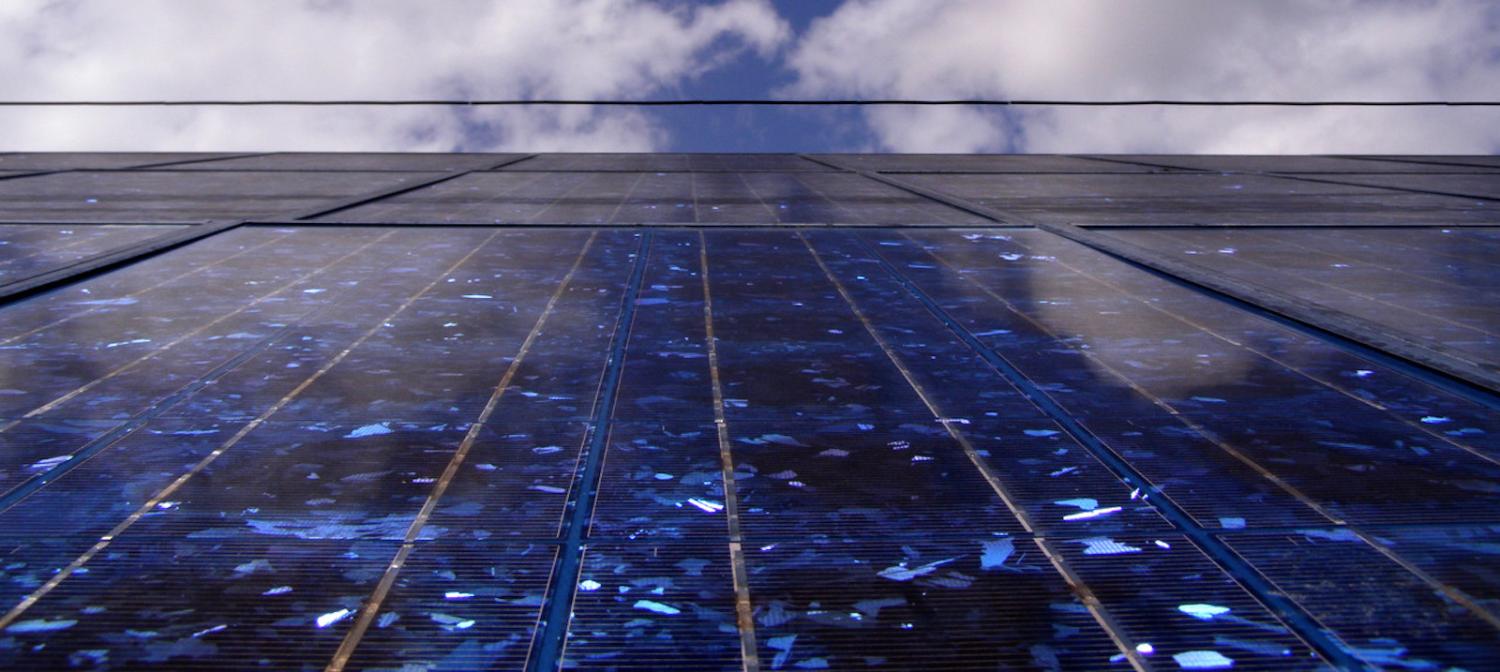Renewable energy is high on the development agenda for the Pacific. The Lowy Institute’s Pacific Aid Map showed that donors and Pacific Island Countries are making a concerted effort to implement ambitious renewable energy goals. For example, the Cook Islands, Niue, Samoa, Tonga, and Tuvalu aim to use 100% renewable energy in the near future.
Governance support receives the highest amount of aid in the Pacific. But those resources may be better directed towards energy.
There is an urgency on the part of Pacific countries to achieve this, given their dependence on expensive fuels, difficulties establishing centralised electricity grids, and the threat presented by rising sea levels. But many studies have shown that renewable energy projects in the Pacific often fail to become sustainable alternatives to conventional energy.
The aid program of one key donor, Taiwan, makes for an interesting case study.
Taiwan’s energy aid
Despite the importance of clean electricity to the Pacific, energy is among the sectors that received the least amount of aid. China, despite its characteristic generosity, has refrained from engaging heavily in the sector. Given both of these factors, energy aid would appear that to be a perfect area of investment for Taiwan.
Of the 16 energy projects that Taiwan has invested in the Pacific, all have targeted renewables, such as the donation of solar lamps, solar fans, and efficient energy initiatives.
However, Taiwan demonstrates a reluctance to engage in technical assistance missions, a feature distinctive of other Taiwanese aid efforts. This is hard to understand: renewable energies require technical competencies to maintain proper functioning. Yet, the Pacific Aid Map shows that although Taiwan runs technical assistance missions for agriculture and health, none exist for renewable energy projects. This suggests that renewable energies in the Pacific Region are a particular case.

The Pacific energy gap
One commonly recognised principle of aid sustainability is the need for coordinated efforts between donor and recipient governments. For renewable energy in the Pacific, two features hinder this.
The first is the lack of institutional capacity for sustaining renewable energy initiatives. Previous projects and studies have demonstrated shortcomings on the part of Pacific governments to allocate sufficient finances for the maintenance, updating, and eventual subsidisation of energy programs beyond initial donor budgetary contributions. This applies to all 14 countries in the region. This further compounds overreliance on donors, who step in to continue the implementation of new energy projects once recipient country processes have broken down.
The second factor is the economic barrier to large-scale use of renewables. In the long term, renewables are far cheaper than diesel fuel, but in the short term, the technology is prohibitively expensive for Pacific incomes. Some households are simply unable to afford the renewable energy systems provided by governments and local businesses. The lack of demand, therefore, reduces the incentives for private companies. This results in inefficient energy monopolies which require support from governments. And small populations in Pacific countries mean few companies have access to adequate human resources. Economies of scale cause governments to rely on energy resources that present an existential threat to Pacific countries.
How to intervene
Compared to industry and energy sectors, governance support receives the highest amount of aid in the Pacific. Previous studies show governance is a development preoccupation and there is little long-term political will to divert resources elsewhere.
But those resources may be better directed towards energy. Governments usually prioritise energy policy only in reaction to high oil prices. And even through these periods, the lack of budgetary commitment demonstrates a hesitancy to make tough choices for long-term solutions.
This leaves renewable energy in the Pacific in a rut. The shift towards renewables is critical for Pacific development, but it appears unlikely that other conditions, such as government investment or rising incomes will create an attractive environment for donors to invest in technical competency. The prioritisation of other development issues, though important in their own right, distracts from the importance of renewable energy for the Pacific. Development partners such as Taiwan could work to break this cycle.


